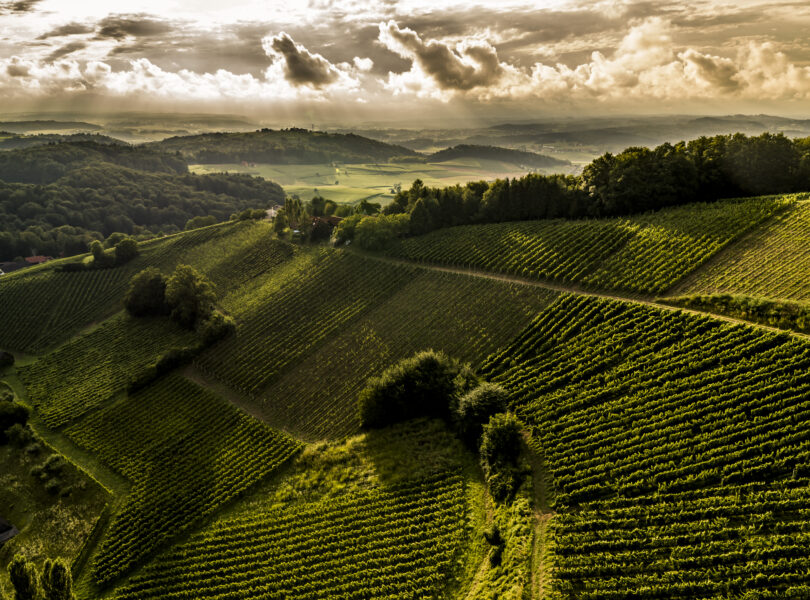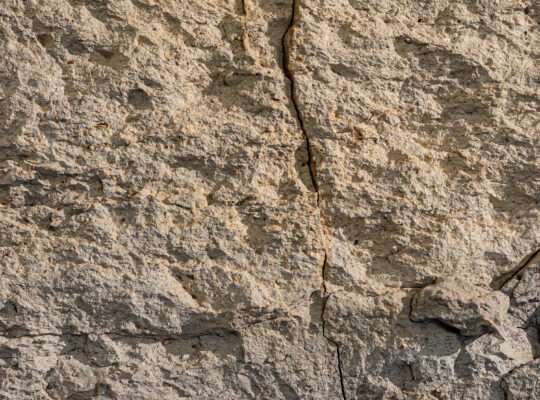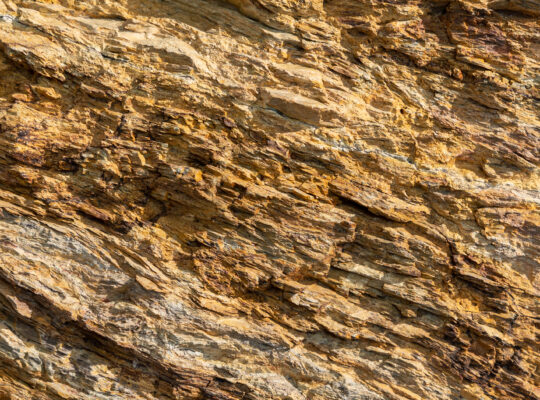
The Sausal
The South Styrian hilly region known as the Sausal is situated between the Sulm and Laßnitz rivers and is the oldest historically documented wine-growing region in present-day Styria.
Climatically, the Sausal is influenced by the contrasting elements of cool air from the north, originating from the Alps, and warm currents from the south. Despite this, the slope’s inclination ensures strong sunlight exposure. These climatic variations grant the grapes complex aromas and an invigorating acidity structure, which is a significant part of the typical Sausal wine character.
Go to shop
The Soils
The soils of the Sausal are infertile, mainly composed of Paleozoic schist, setting them apart from the rest of South Styria, where the soils consist primarily of deposits from the Pannonian Sea. In the Sausal, this shell limestone is mainly found around the major vineyard site of Flamberg.

The meagerness of the soils results in particularly slow vine growth here, leading to low yields. The Sausal region is especially distinctive due to its extremely steep vineyards. Not only are some of them among the steepest vineyards in Europe, but many vines also grow at altitudes exceeding 600 meters above sea level. These vineyards are cultivated through labor-intensive manual work, sometimes even with the use of winches.